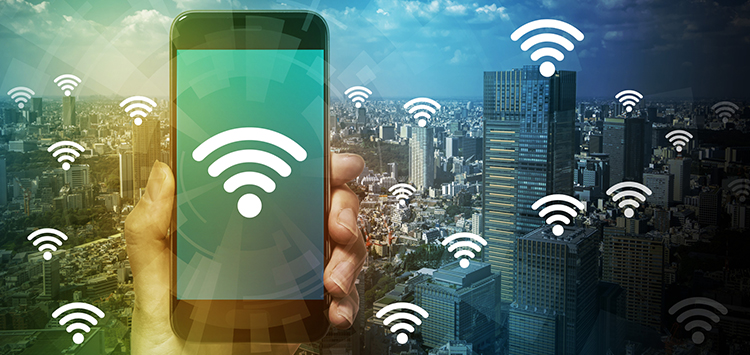
Putting together a home network isn’t a pleasant feeling; however, it ain’t difficult too. Talking about the new routers, they have clearly labeled ports to make it easy to connect everything. Most of the users come with a general configuration preset at the factory, which is good when it comes to simplify the things. Another appreciable thing is the fact that networking manufacturers are now thriving to simplify things then they are through mesh-based Wi-Fi systems, which provide fast, easily usable and seamless app-based set up.
Take a look at some steps to configure wireless router and optimize wireless network and connectivity. Here we go…
1. Choose the Right Router

Before buying any router, invest proper time and check out the available options. Based on the age of your current router, there ain’t any need to upgrade to new hardware. However, if the router is more than a few years old, you must upgrade it, as without doing so, it will only support WEP for security.
2. Get Online

Connecting the router and going online is the next step. It is simple if your service provider handed you a modem while activating the internet service. Follow these steps:
It’s good to know that by default, most routers are set up to use DHCP so as to automatically assign an IP address.
However, things are tricky with an ISP-supplied router. Reconfigure the ISP’s router to operate in bridge mode before connecting it to the new router. Once it is done, follow the above steps.
3. Access the Management Console

Routers these days are managed either through a browser or a mobile app. Moreover, they are shipped via a default IP address, administrator account and password. As the default IP address varies from one vendor to another, it is good to check the documentation to find out yours. After getting this information, accessing the management console is quite smooth.
4. Change Password and Upgrade Firmware

The router must run the latest firmware that is released by the manufacturer. This is a good thing because it’s not known as to how long a product has been on a shelf before reaching you. Not only this but firmware updates also address certain issues before you encounter them.
5. Manage IP Addresses with DHCP

DHCP looks after all the IP addresses on the network and is enabled by default on most routers. To locate the OC and route the accurate network traffic, the outer uses the IP address and a numeric identifier.
If the PC or mobile device does not have an IP address, it will request for it from the network’s DHCP server. The DHCP server obtains an IP address from the available IP addresses and assigns it to the device. When the device either disconnects from the network or a specific time frame has passed, the IP address gets back to the DHCP pool.
Servers and printers must have the same IP address and don’t need to change the addresses periodically. If you are in that situation, assign a static IP address.
Follow these steps to set the DHCP scope:
6. Work with Static IPs

Provide a unique IP address, Gateway address, network Subnet Mask and a DNS server address to the network adapter of your device. Remember, the Gateway and DNS address is the same as the router’s IP address.
Keep a list of the static IP addresses that you have already assigned to make sure you don’t end up using them by mistake. Assigning a static IP address to a network adapter varies, as per the device which you are trying to configure.
7. Activate the Wi-Fi

Use a PC connected to the network via an Ethernet cable. Trying to configure Wi-Fi over wireless results in loss of connection to the management console when changes to the configuration are applied.
Follow these steps:
With this, save the configuration changes and test the connection. Your wireless devices should now be online.
